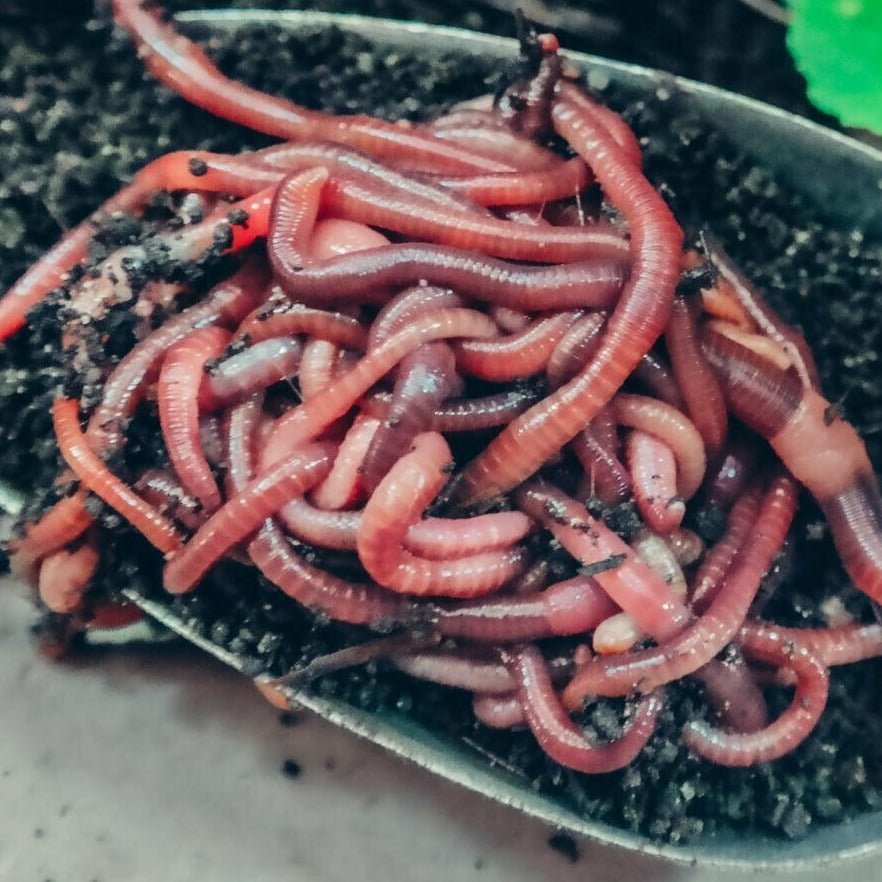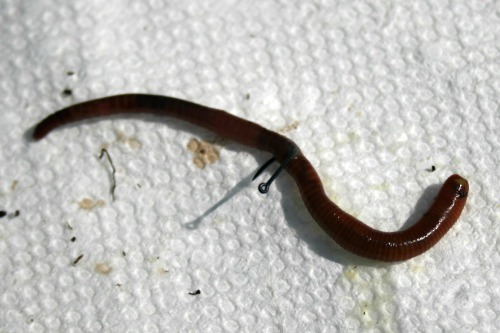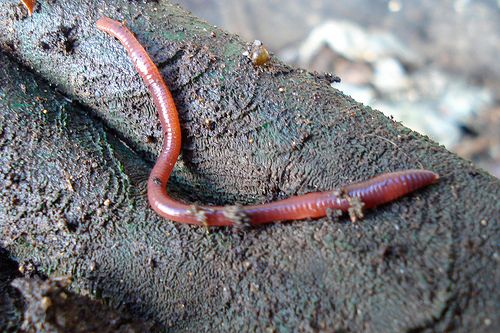Red Wiggler Express: The Best Source for Reliable Worms and Bait
Red Wiggler Express: The Best Source for Reliable Worms and Bait
Blog Article
Red Wigglers: The Unsung Heroes of Organic Waste Recycling
Red wigglers, or Eisenia fetida, work as crucial representatives in the organic waste reusing procedure, transforming thrown out materials into valuable vermicompost. Their efficient break down of raw material not just enhances dirt top quality but additionally adds to sustainable waste management methods. As the world progressively looks for remedies to fight waste accumulation and improve agricultural productivity, understanding the role of these worms ends up being essential. What devices enable them to prosper in compost settings, and how can they be effectively utilized in both property and industrial setups? Checking out these inquiries discloses the broader ramifications of vermicomposting in our eco-friendly landscape.
What Are Red Wigglers?
The exceptional strength of red wigglers, medically known as Eisenia fetida, underscores their essential duty in organic waste recycling. These small, reddish-brown earthworms are typically located in breaking down raw material, such as compost heap and manure loads. Lake Hickory Bait. Unlike other earthworm varieties, red wigglers grow in nutrient-rich settings and are very reliable at breaking down natural materials, making them important for vermicomposting

(Red Wiggler Express)Along with their function in waste reduction, red wigglers contribute to dirt health by improving soil framework and oygenation through their delving activities (Lake Hickory Bait). Their existence in composting systems not just improves decay rates however also advertises a sustainable approach to waste management, showing their significance in eco-friendly preservation efforts
Advantages of Composting With Worms
Composting with worms, especially red wigglers, offers various benefits that enhance both waste management and soil health and wellness. Initially, these worms effectively damage down natural waste, transforming it into nutrient-rich vermicompost that enriches soil. This procedure accelerates decay, enabling a much faster recycling of kitchen scraps and various other natural products contrasted to traditional composting approaches.
In addition, the vermicompost created by red wigglers is brimming with helpful microorganisms, which help boost dirt structure, aeration, and wetness retention. This improves the overall health of plants, advertising energetic growth and raised yields in yards and agricultural settings. In addition, using worms in composting minimizes the manufacturing of greenhouse gases, such as methane, adding to an extra sustainable waste administration system.

Just How to Begin Vermicomposting
Developing a vermicomposting system is a simple procedure that can yield considerable benefits for both waste management and soil enrichment. To begin, pick an ideal container, such as a plastic container or wood box, with adequate ventilation holes to ensure proper air movement. The measurements ought to ideally be about 2 feet by 3 feet, allowing ample space for the worms to prosper.
Following, prepare bedding page material, which can include shredded newspaper, cardboard, or coconut coir. This bedding needs to be dampened to develop an ideal habitat for the worms. As soon as the bed linen is in location, introduce red wigglers (Eisenia fetida) right into the container, commonly around one extra pound of worms for every square foot of surface.
Adhering to the positioning of worms, include natural waste, such as fruit and veggie scraps, coffee premises, and crushed eggshells. Prevent including milk, meat, or oils, as these can create smells and attract pests. Lastly, place the container in a shaded, temperature-controlled location to preserve optimal problems for worm task. With these actions, you will effectively start a vermicomposting system that contributes to lasting waste monitoring and enriches your dirt.
Keeping a Healthy Worm Bin
(Lake Hickory Bait)Keeping a worm bin thriving calls for normal focus and treatment to make sure the health and wellness of the red wigglers and the performance of the composting procedure. Proper upkeep starts with keeping track of the dampness levels; the bin must be wet yet not soaked. A great general rule is to keep an uniformity comparable to a wrung-out sponge.
Oygenation is critical. Delicately mixing the bed linens and food scraps every few weeks stops compaction and makes certain that all worms have accessibility to oxygen. Furthermore, it is very important to feed the worms suitably. A balanced diet of fruit and vegetable scraps, coffee premises, and crushed eggshells need to be used in small amounts to stay clear of overfeeding, which can bring about odors and parasites.
If the container becomes also hot or cold, the worms might come to be worried. By carefully managing these factors, one can maintain a durable and productive worm container.
Effect On Sustainable Living
The successful upkeep of a worm container not only profits the health and wellness of red wigglers however additionally contributes dramatically to lasting living techniques. By recycling natural waste, such as kitchen area scraps and lawn particles, red wigglers help divert substantial quantities of material from land fills. This decrease in waste not just decreases greenhouse gas discharges yet likewise decreases the environmental burden connected with waste monitoring.
Moreover, the spreadings generated by red wigglers work as a nutrient-rich organic fertilizer, improving dirt health and wellness and promoting plant growth. This natural alternative to chemical plant foods supports lasting farming and horticulture practices, minimizing dependence on synthetic inputs that can hurt ecological communities. Furthermore, worm composting fosters awareness of waste monitoring, motivating individuals and communities to embrace more lasting habits.

Final Thought
In summary, red wigglers function as crucial contributors to natural waste reusing with their effective decay of organic materials. Their capability to create nutrient-rich vermicompost enhances soil health and sustains lasting farming methods. By incorporating vermicomposting into waste monitoring techniques, individuals and communities can substantially minimize waste while promoting environmental sustainability. The duty of Eisenia fetida in cultivating healthy and balanced ecosystems highlights the importance of these organisms in achieving sustainable living and boosting soil fertility.
Report this page